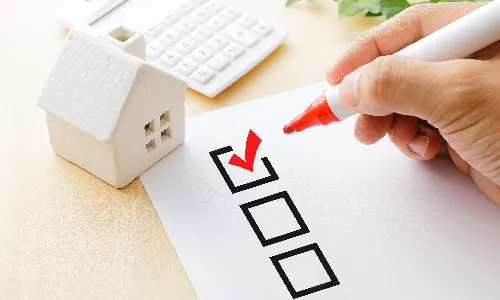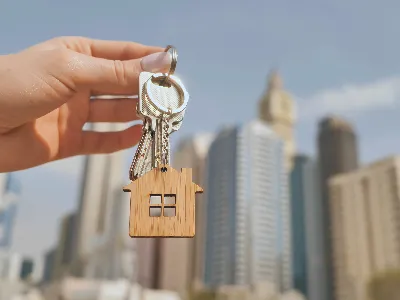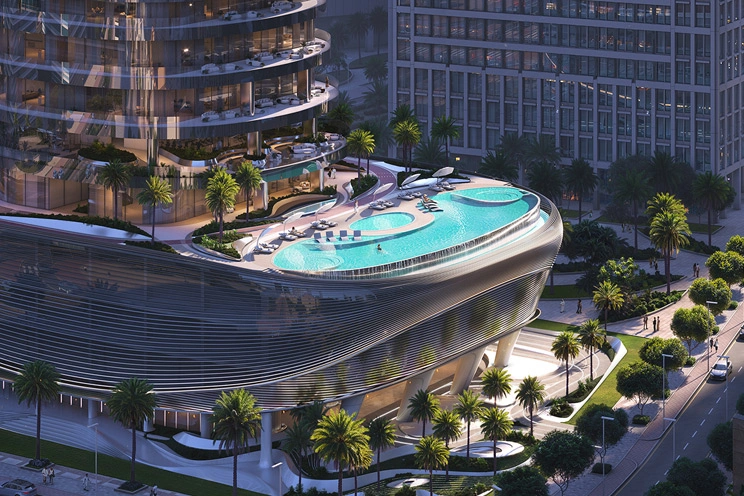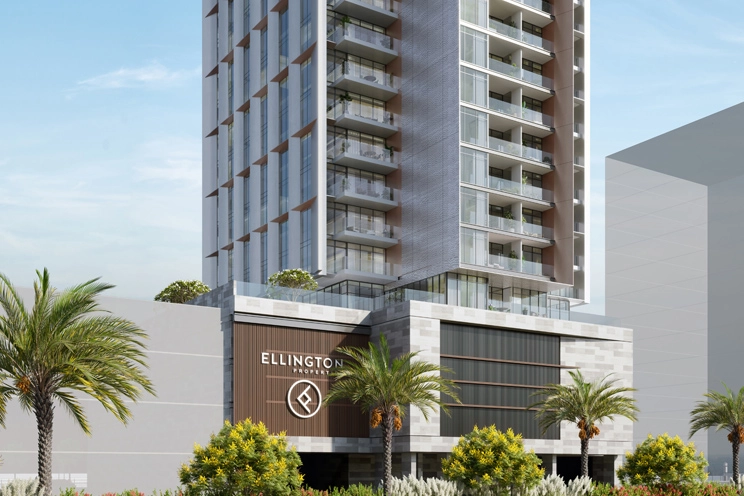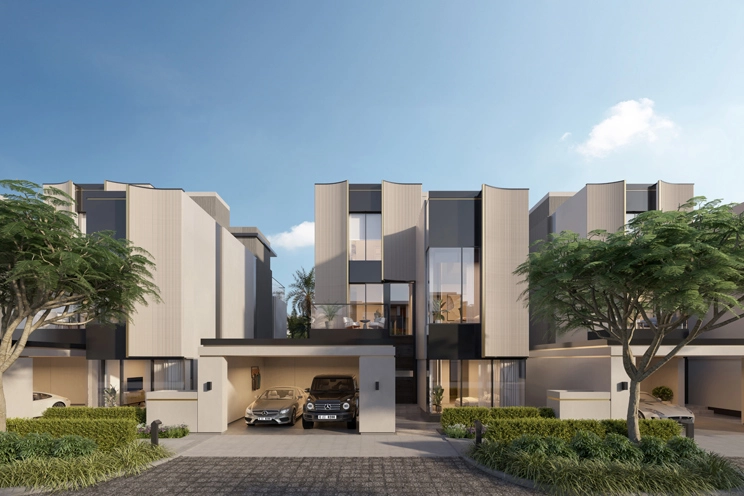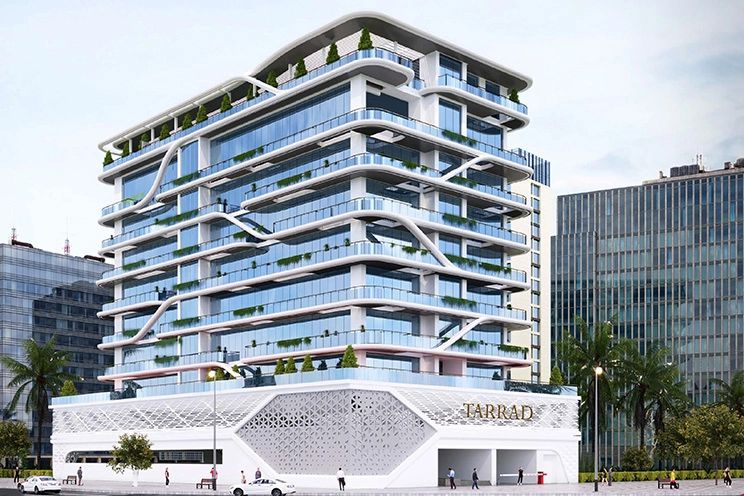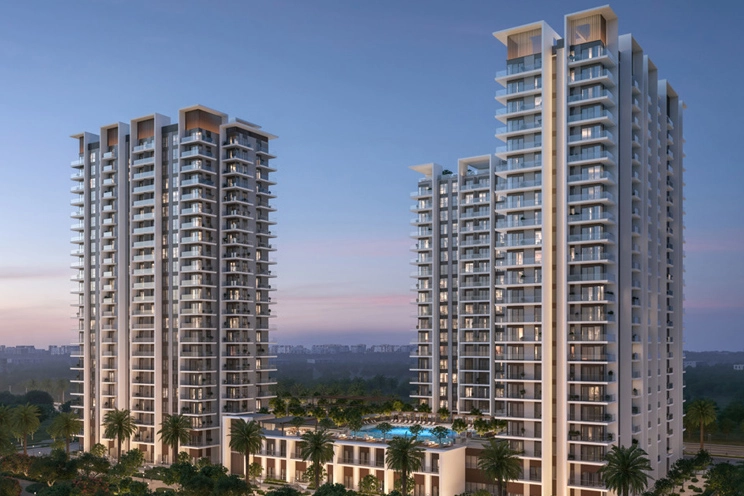Developer responsibilities uncovered - A complete guide to handling maintenance defects in Dubai
Property advice | 02.07.2025 | Benham and Reeves UAE
85% of Dubai’s population is international which is a rousing vote of approval on its “liveability” markers like safety, cleanliness, healthcare, infrastructure, and more. With millions making this GCC country home, there is also a huge uptick of property buyers.
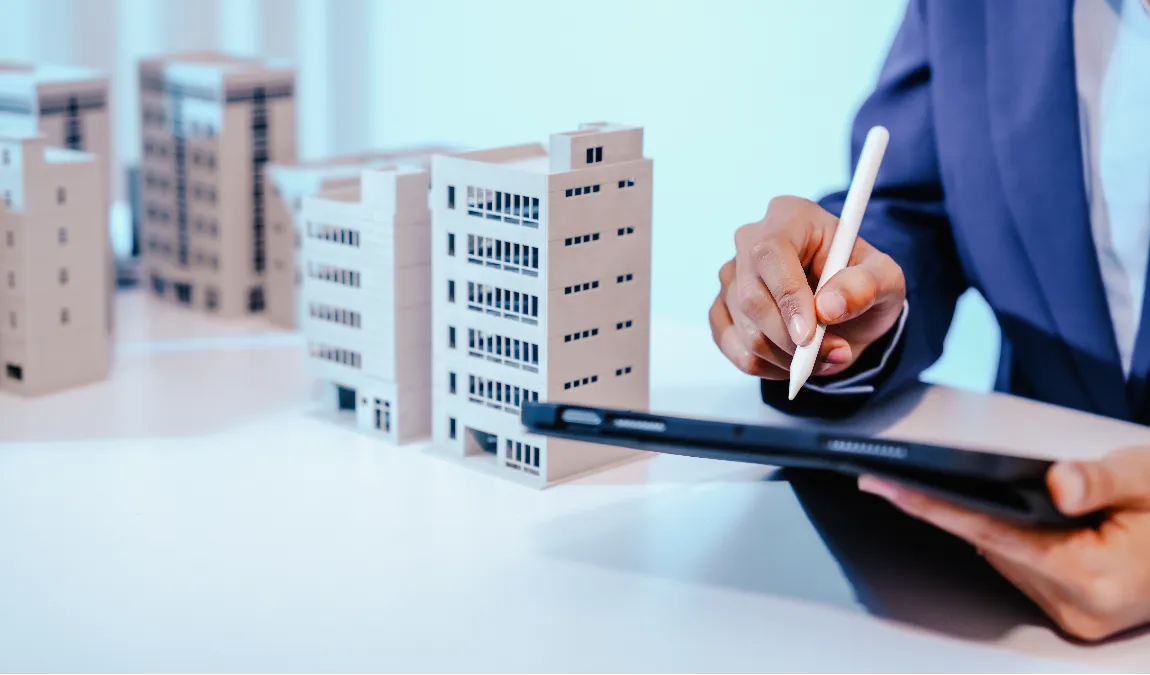
Buying real estate here is an exceptional opportunity with lasting advantages. It translates to tax-free ownership, high rental yields, maintenance defect protections and even a residency visa eligibility for properties worth over AED 750,000.
If you are currently evaluating Dubai property for sale, it’s especially important to understand your rights and what to check for structural defects or developer-liability issues before making a purchase commitment.
Read on to know how the government of Dubai guarantees your safety in such scenarios.
Legal framework governing developer responsibilities
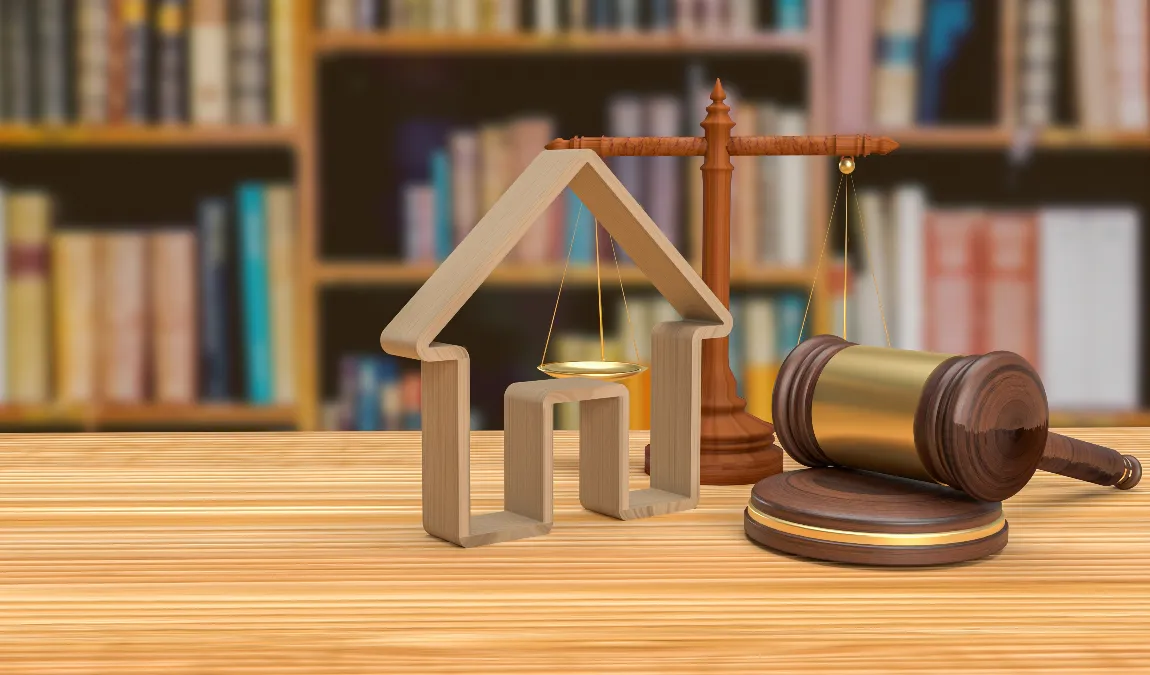
Developers functioning in Dubai are held responsible to their clients through The Real Estate Regulatory Agency. RERA is a government body that oversees and regulates Dubai’s real estate sector and enforces transparency, timely delivery, and fair treatment. RERA ensures real estate buyers protection for building defects primarily through the below two property laws.
Dubai law no. 6 of 2019
The first of these laws is the Ownership of Jointly Owned Properties where developer obligations post-handover are outlined. It basically says that developers must fix structural defects for 10 years and MEP (mechanical, electrical, plumbing) issues for 1 year after handover.
Federal law no. 5 of 1985
The second law, the UAE Civil Code also supports buyer rights, especially in cases of breach of contract or delivery of defective units. It protects buyers if a unit is defective or not delivered as agreed. Buyers can demand repairs, compensation, or cancel the contract.
Types of defects developers are responsible for
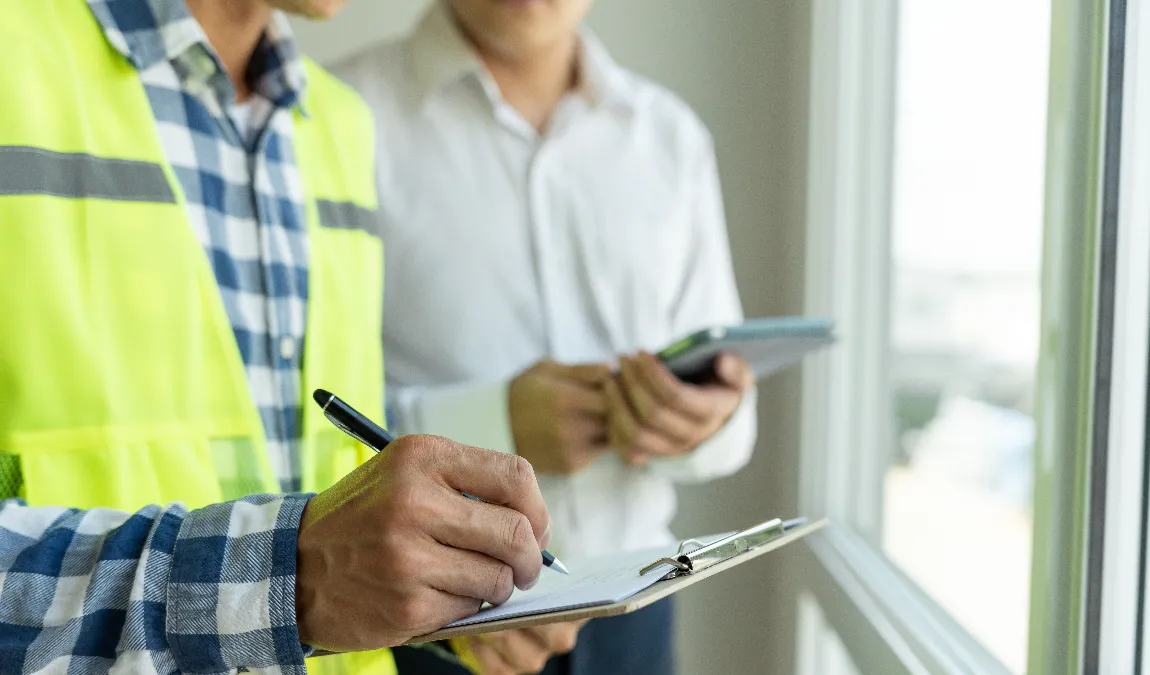
The above two laws cover a large host of defects which can be classified into two divisions.
Patent defects
Patent defects are those obvious flaws that are visible at handover. Popular examples include cracked tiles, faulty fixtures, peeling paint and so on. Buyers should keep a sharp eye out for these and report them right away.
Latent defects
Latent defects are issues that you won’t be able to notice immediately and that can emerge over time. They could be visually apparent like structural cracks and water seepage or more sinister issues like faulty wiring inside walls or poor foundation work. These may often not show up for months or years but as a buyer you must keep a sharp eye for any potential problem that could crop up.
Warranty periods and liability duration
Now, while these sorts of defects are highly unlikely in the case of Dubai properties, the government still has taken protective measures. These protections come in the form of property warranties and developers are held closely responsible to them.
1-Year warranty
This first warranty is valid for the first year and covers mechanical, electrical, plumbing, and other installations from the date of handover or completion certificate whichever may come first.
10-Year structural warranty
This second longer warranty covers foundational and structural elements like columns, walls, and slabs. This is what will protect you in case of latent defects in the building creeping up.
Homeowner rights and responsibilities
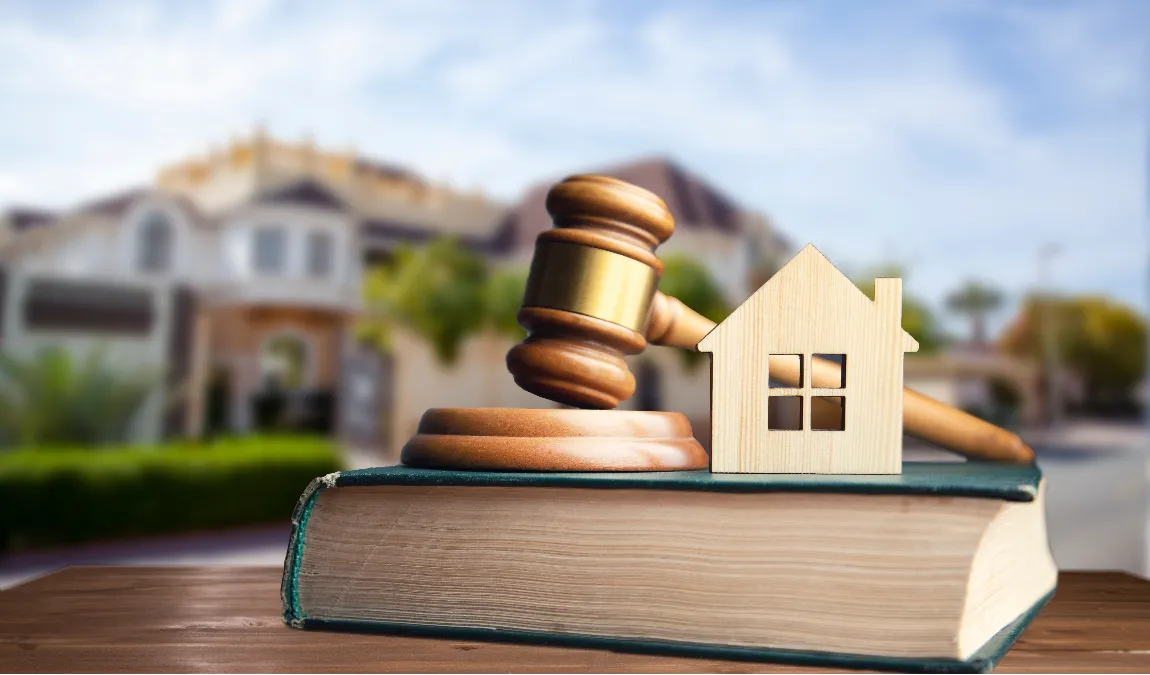
As a homeowner, be assured that you will have strong rights and protections regardless of your residency or visa status. However, to make the most of these protections you need to be vigilant and keep a close record of anything that might go awry. We’ve made a checklist of things you should follow to always keep yourself safe.
Common areas and management entities
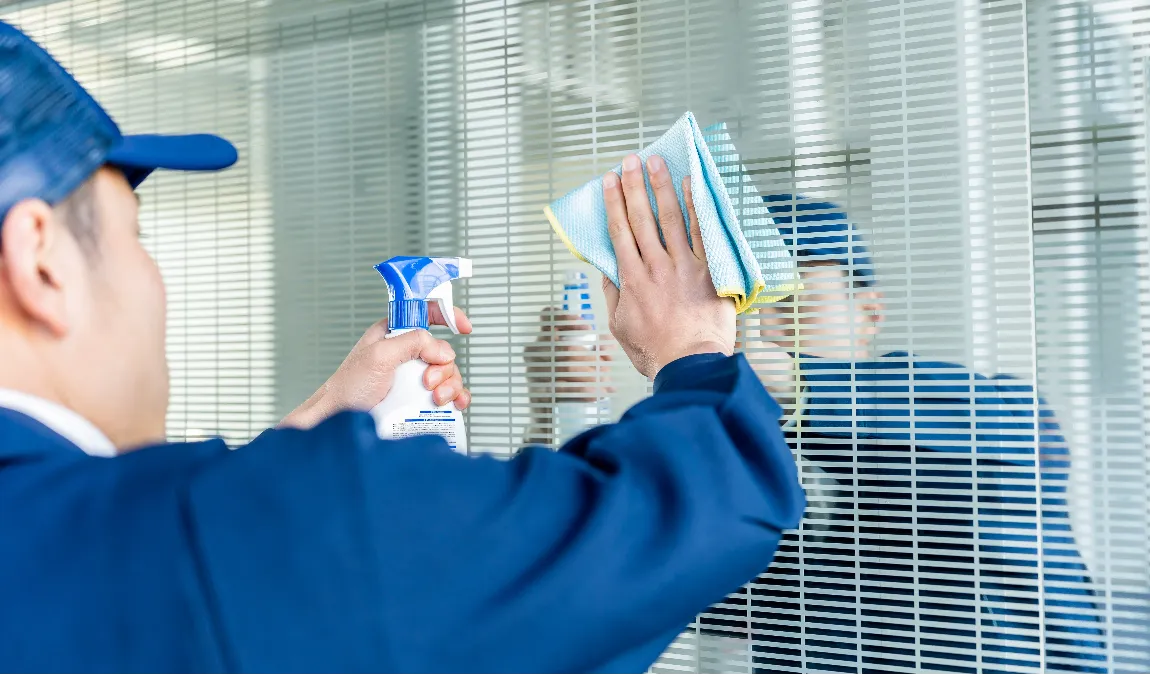
Lastly, you need to remember that when it comes to the upkeep of common areas, the developer is not involved. Common areas are maintained by the Management Entity. If the Management Entity does not do its duty, Dubai’s Institute of Control and Joint Ownership can intervene once notified and appoint a third party to carry out repairs.
Conclusion
Dubai is a maximalist city with a penchant for creating global record breakers whether that be the tallest building, highest metro or the highest infinity pool. Developers that operate here don’t just built homes, they make visions come true. Add to that Dubai’s ironclad laws which ensure nothing but the best is produced on its iconic shores.
Join the thousands investing wisely in the UAE property market. Partner with a seasoned real estate agent at Benham and Reeves UAE for world-class advice and unmatched market insight.
View all posts by Benham and Reeves UAE
